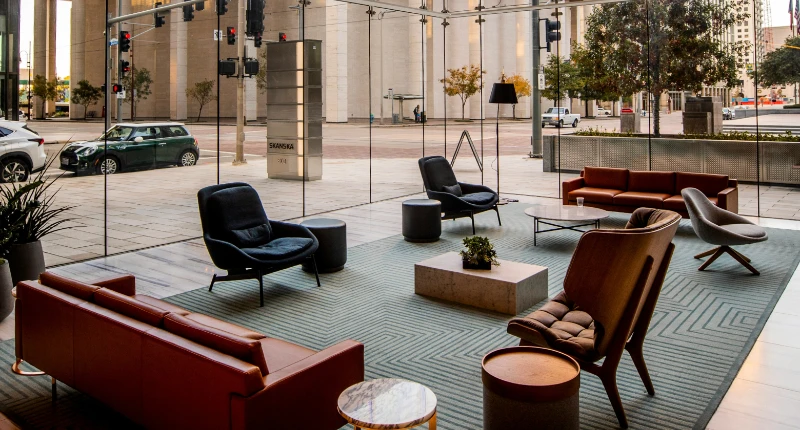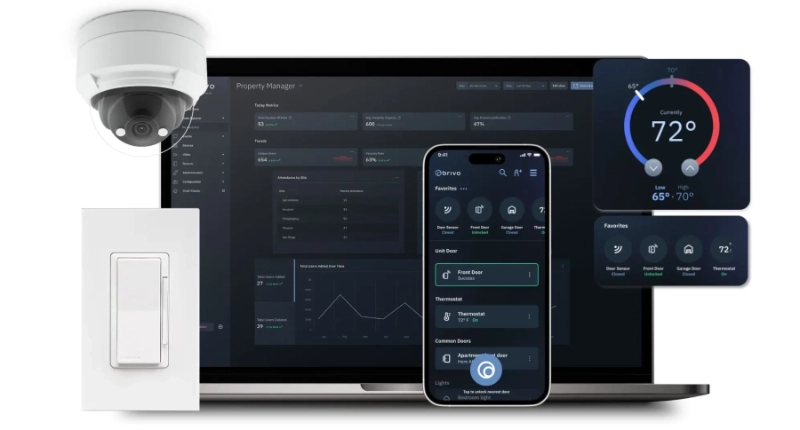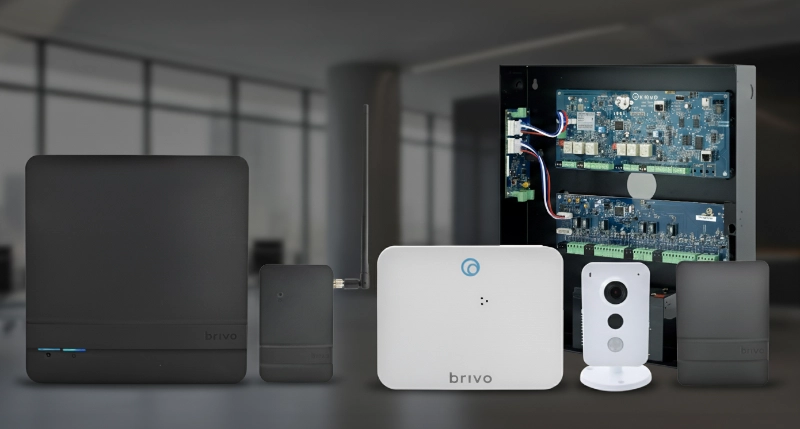Retail crime is no longer a simple matter of shoplifting. The landscape has evolved, with organized retail crime (ORC) syndicates, supply chain vulnerabilities, and sophisticated digital threats posing an ever increasing challenge. Estimates suggest that retail crime could exceed a staggering $150 billion in losses annually by 2026. This escalating complexity, coupled with the limitations of fragmented, disparate security systems, has created an urgent demand for a more proactive and cohesive security posture.
The financial toll of ORC on retailers is climbing. While traditional petty shoplifting and theft remain concerns, ORC represents a far more coordinated and aggressive threat for retailers. Beyond the immediate cost of stolen goods, retailers face higher insurance premiums, physical damage to stores and facilities, and a decline in employee morale due to the increased violence associated with ORC.
The New Face of Theft: Organized Retail Crime (ORC)
Today’s ORC rings are highly organized, leveraging technology and exploiting vulnerabilities throughout the entire supply chain—from manufacturing to the final retail shelf. This issue goes beyond opportunistic shoplifters, these are sophisticated criminal networks operating across state lines, often with international connections.
One of the most alarming trends is the surge of cargo theft. A 2024 survey by the Retail Industry Leaders Association (RILA) found that two-thirds of responding retailers experienced increased cargo theft in the previous two years. Criminals are no longer targeting individual trucks; they’re orchestrating complex schemes that exploit digital freight platforms, impersonate legitimate drivers, and use falsified documentation to divert entire truckloads of high-value merchandise.
How Criminals Target Your Supply Chain
These tactics are evolving rapidly:
Identity Fraud
Criminals are using identity fraud to infiltrate supply chains, gaining access to facilities or sensitive information to help execute thefts. This can be done through stealing credentials of authorized users.
Targeted Attacks
Fictitious Pickups
The impact of this organized crime extends far beyond immediate financial losses. Stolen freight can interrupt entire production lines, leading to long-term supply chain disruptions, stock shortages, and ultimately, increased costs for retailers and consumers.
The Limitations of Traditional Security
Retailers are working hard to provide a safe and secure shopping environment, despite the daily occurrence of shoplifting and the threat of violence against their employees and customers. However, this is not a problem that retailers alone can solve.
Disconnected Systems Create Blind Spots
Many retailers still rely on outdated or disconnected security systems, creating critical blind spots that ORC groups can exploit. Security teams are struggling with:
- Siloed Systems: Managing separate platforms for video surveillance, access control, and alarm systems means security personnel have to constantly switch between screens, making real-time threat detection and rapid response nearly impossible.
- Manual Processes: Paper-based processes for driver check in, loading, and unloading at warehouses and distribution centers are highly vulnerable to fraud and manipulation. A falsified bill of loading or a simple identity impersonation can grant criminals access to valuable cargo.
- Lack of Centralized Visibility: Without a unified view across all locations, from distribution centers to individual stores, it’s difficult to identify patterns, connect related incidents, and understand the full scope of criminal activity. For instance, a national tire distributor lost $2 million in inventory partly because their traditional key system provided no oversight of who had access to their facilities, past or present.
The Power of Smart, Unified Security
The escalating sophistication of ORC demands an equally advanced and unified approach to security. Retailers are increasingly turning to unified security platforms that bring together various technologies into a single, cohesive ecosystem.
Here’s how retailers can combat the rise of ORC:
Real Time Visibility and Analytics
Advanced video surveillance, integrated with AI-powered analytics, can monitor activity across warehouses, loading docks, and transportation routes. This includes anomaly detection that can flag suspicious patterns, such as unusual vehicle movements or unauthorized access attempts.
Smart Access Control
Moving beyond traditional keys, electronic access control systems linked to video verification provide granular control over who enters and exits facilities. This allows for instant activation or deactivation of credentials, ensuring only authorized personnel have access. When integrated with HR systems, it provides real-time oversight of employee access. Also unlike company keys, personal cell phones are rarely shared by employees.
Integrated data and intelligence
Unified platforms not only centralize physical security so it’s all easily accessible in one view, it also connects with other tools like GPS tracking to create a comprehensive picture of potential threats. This allows security teams to identify known offenders, track suspicious vehicles using Automated License Plate Recognition (ALPR), and link seemingly unrelated incidents.
Remote Monitoring and Management
Cloud-based unified platforms provide LP teams with comprehensive remote monitoring and management capabilities, enabling real-time visibility into events, video surveillance, and access control across all locations from any mobile device, drastically improving incident response and overall operational efficiency for dispersed teams.
Building a Future-Proof Loss Prevention Strategy
By adopting a unified security strategy, retailers can gain unprecedented situational awareness across their entire supply chain. This empowers security teams to proactively detect threats, respond to incidents, and conduct more efficient forensic investigations. This can result in a measurable reduction in shrink, improved visibility of the supply chain, and a stronger alignment of security investment with business goals.
The fight against ORC is an ongoing battle. However, by leveraging unified security platforms that are embracing technological innovation, retailers can transform their loss prevention strategies from reactive to proactive—protecting their employees, assets, and bottom line in an increasingly complex threat environment.
Contact us today to learn how Brivo’s unified security platform can help combat organized retail crime and build a smarter, safer future for your business.













